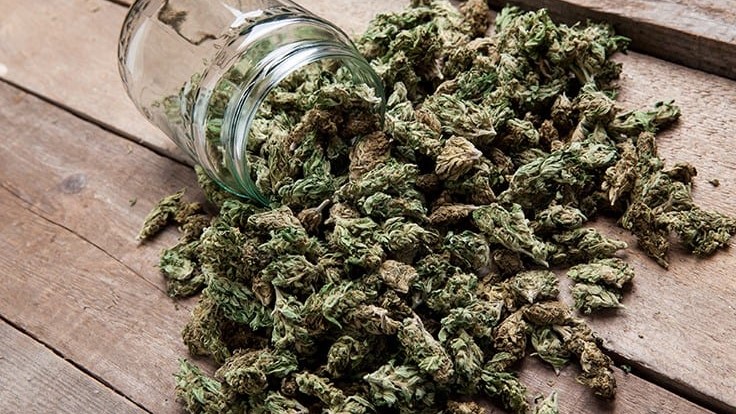Greenhouse Temperature Swings
15 October 2021
Recent summers have delivered record temperatures to all of California, including both the southern and northern regions, and 2021 has been no exception.
With such extreme environmental temperatures up and down the state, one possible recourse that doesn’t require increasing air conditioning capacity is to use either shade cloth or a greenhouse whitewash to control excessively hot environmental conditions, both ambient temperatures as well as radiant temperature.
A whitewash consists of coating the greenhouse glass with one or more coats of non-permanent, white, washable paint. Operations that use automated glass cleaning machines can fill those systems with whitewash instead of a cleaning solution. Some larger scale operations can also apply whitewash by helicopter.
While the goal of whitewashing is to reduce radiant temperatures, it also impacts the amount of photosynthetically active radiation (PAR) light reaching the crop. If light levels drop below target levels, consider washing off the paint and applying fewer coats or a more diluted paint mix. Ultimately, growers must weigh the risks of heat exposure against loss of light when determining how much light and radiant heat they want to take out of the greenhouse.
Shade cloth comes in a multitude of configurations; it offers various percentages of shading capabilities (e.g., 10%, 20% or 30% shading, meaning the cloth will block that amount of light from entering the greenhouse).
Like whitewashing, shade cloths do reduce the amount of light that reaches the crops. Thankfully, shade cloths can be pulled up during peak sunshine hours and removed as the sun sets to minimize the loss of light while maximizing the reduction of radiant heat.
RELATED: 3 Tips for Better Greenhouse Shading
In colder climates, a heating system is a must. An inefficient heating system can be expensive at best and dangerous at worst. If growers are experiencing cold spots in the greenhouse or lower temperatures overall, and inspections for leaks and gaps where cold air could be infiltrating have been conducted, the heating system might be at fault. Early spring is the best time to thoroughly inspect and repair any heating systems. All heating equipment and thermostats should be serviced and inspected prior to wintertime use—it’s better to prevent a problem in the fall than respond to one in the dead of winter.
Read more: 6 Common Cannabis Greenhouse Problems and How to Solve Them
]]>

